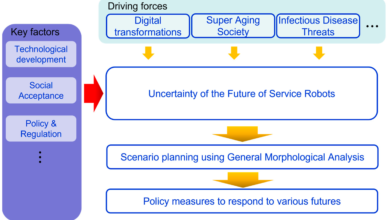The Ultimate Guide to the 4 Common Uses of a C# PDF Library

When it comes to handling PDF files in C#, utilizing a robust C# PDF library can make a huge difference in your software development process. Whether you’re generating reports or managing digital signatures, these libraries streamline complexities. They ensure efficient document management.
That’s why understanding its four common uses can empower developers. It helps them enhance their applications and meet their users’ needs more effectively.
So if you want to learn more about them, read on!
1. PDF Generation
One of the primary functions of a C# PDF library is PDF generation. Libraries like C# itextsharp allow developers to create PDF documents programmatically. It enables automation in report-generating tasks.
This is particularly beneficial for businesses that require consistent formatting. It helps in the quick preparation of documents.
With just a few lines of code, developers can add text, images, tables, and other elements. This makes the PDF creation process both simple and flexible.
Many libraries also support features like adding watermarks, hyperlinks, and bookmarks. This enhances the usability of generated PDFs.
For instance, a financial report can be formatted to include graphs and charts. This makes complex data more digestible and visually appealing.
2. Extracting Data
Extracting data from existing PDF documents is another critical use case for a C# PDF library. Often, applications need to pull specific information from large PDF files. This happens whether for data analysis or migration to new systems.
Libraries offer built-in functionalities. They help navigate through the PDF structure and extract text or images seamlessly.
This capability not only saves time. It also reduces manual effort, making the entire process efficient.
For example, you may be working with invoices or contracts. A C# PDF library can automatically extract key fields like dates, amounts, or signatures. This streamlines the process of data entry into databases or other applications.
Some libraries even support OCR (Optical Character Recognition). This allows you to extract text from scanned documents. So it can expand your data extraction capabilities.
3. File Conversion
File conversion is essential in today’s digital world. After all, various formats may need to be transformed into PDF format or vice versa.
A C# PDF library simplifies this process. It provides tools necessary for converting documents from Word, Excel, and other formats into PDFs.
Furthermore, converting PDFs back to editable formats can also be achieved easily. This enables users to make adjustments without starting from scratch. This versatility is invaluable in maintaining workflow efficiency.
4. Digital Signatures and Security
In today’s data-driven world, security is paramount. Implementing digital signatures in PDF files ensures document authenticity and integrity.
A C# PDF library allows developers to embed digital signatures effortlessly. It confirms the identity of the signer while protecting the document from unauthorized changes.
This feature is increasingly crucial for businesses that deal with sensitive information. It provides an additional layer of security and trust.
Read also: How Technology is Revolutionizing Vehicle Registration and Licensing
Maximizing the Potential of a C# PDF Library
Utilizing a C# PDF library effectively can transform how developers manage PDF documents in their applications. From PDF generation to ensuring security through digital signatures, the benefits are significant.
Understanding these uses enables developers to maximize their capabilities. It can create powerful, user-friendly applications.
So don’t take it all for granted. Study the ins and outs of the code now!
Did you find this article helpful? If so, check out the rest of our site for more.





